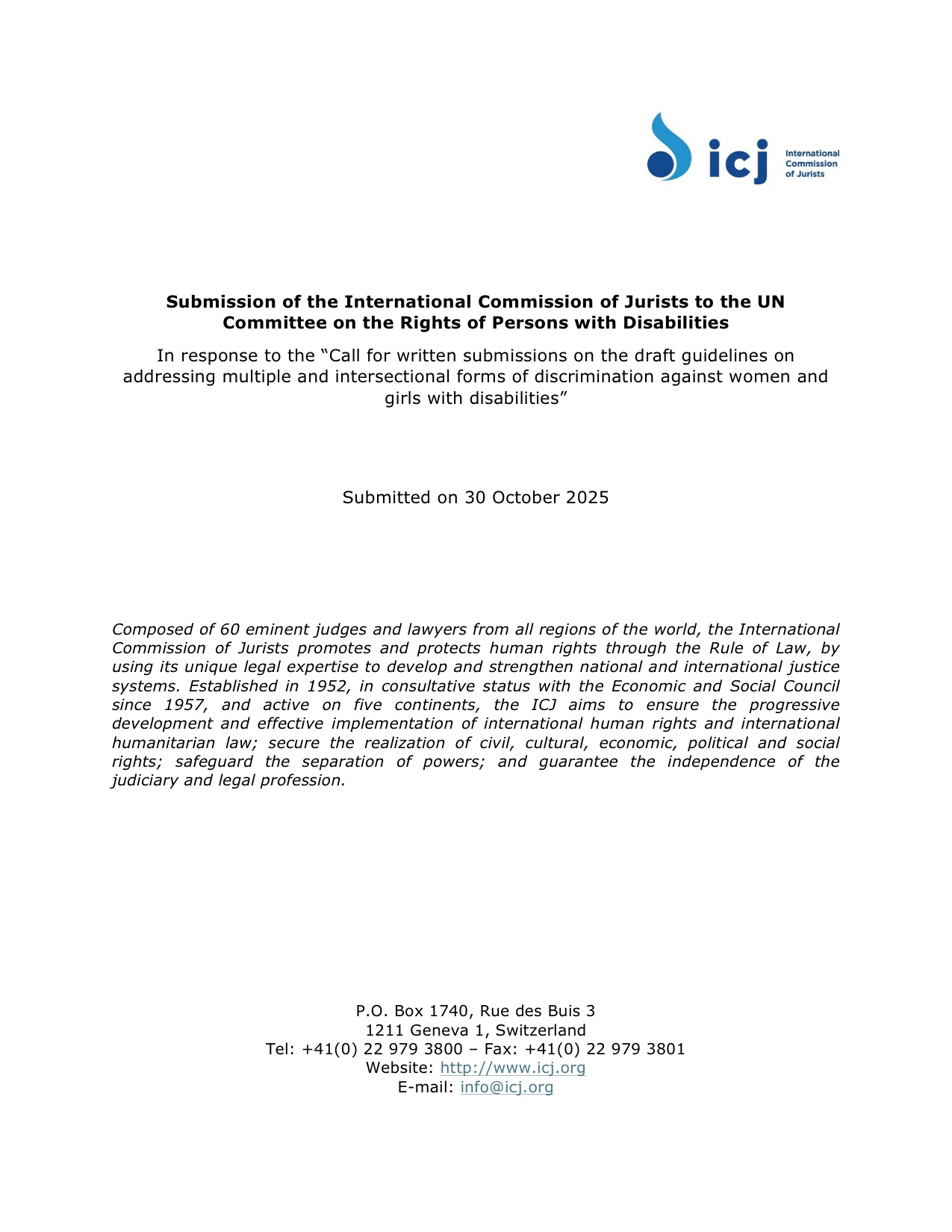Miner targets 55% renewables penetration with solar and storage systems – pv magazine Australia

Hancock Iron Ore Advances Sustainable Development Goals Through Renewable Energy Integration in Pilbara Mining Operations
Project Overview: Aligning with SDG 7 (Affordable and Clean Energy)
Hancock Iron Ore has implemented hybrid renewable energy systems at its Pilbara mining operations, directly contributing to the advancement of SDG 7 (Affordable and Clean Energy) by increasing the share of clean energy in its industrial processes. The project involves a strategic collaboration to power dewatering facilities with sustainable energy sources.
- Partnership: The initiative is a collaboration with off-grid power specialist Pacific Energy.
- Technology: The systems utilise Australian manufacturer 5B’s preassembled Maverick modular solar technology, noted for its rapid-deploy and transportable design suitable for remote environments.
The technical specifications of the initial deployment are as follows:
- Three small-scale hybrid power systems have been installed to power water pumps.
- The systems feature a combined solar generation capacity of 750 kW.
- Energy storage is provided by 1.68 MWh of integrated battery systems.
Impact on SDG 12 (Responsible Consumption and Production) and SDG 13 (Climate Action)
The project establishes more sustainable production patterns and takes direct climate action by significantly reducing reliance on fossil fuels. This transition supports both SDG 12 (Responsible Consumption and Production) and SDG 13 (Climate Action).
- The systems are designed to achieve a 55% renewable energy penetration rate for the targeted facilities.
- An estimated annual saving of 250,000 litres of diesel fuel is projected.
- This reduction in diesel consumption directly lowers greenhouse gas emissions, contributing to climate change mitigation.
- Operational efficiency is enhanced by reducing the hours required for generator maintenance and inspection, promoting a more sustainable production cycle.
Commitment to SDG 9 (Industry, Innovation, and Infrastructure)
The initiative showcases the integration of innovative technologies to build resilient and sustainable industrial infrastructure, a core objective of SDG 9 (Industry, Innovation, and Infrastructure).
- The deployment of the 5B Maverick solar array for bore pump applications represents an innovative application of modular solar technology.
- Variable speed drives have been integrated to optimise pump efficiency and conserve energy.
- The new hybrid systems are connected to Hancock Iron Ore’s existing SCADA platform, allowing for seamless monitoring and control, which enhances infrastructure resilience and efficiency.
Industry-Wide Shift Towards Sustainable Mining in Alignment with Global Goals
Hancock Iron Ore’s project is part of a broader trend within the Australian resources sector, where major corporations are adopting renewable energy solutions to decarbonise operations, in line with SDG 7 and SDG 13.
- Fortescue: The company has commenced construction on a 190 MW solar farm at its Cloudbreak mine and has unveiled plans for a 644 MW solar farm near Port Hedland. This follows the commissioning of the 100 MW North Star solar project.
- Rio Tinto: Australia’s largest iron ore miner operates a 34 MW solar plant at its Gudai-Darri mine site and has plans for an additional 80 MW solar farm in the Pilbara.
Analysis of SDGs, Targets, and Indicators
1. Which SDGs are addressed or connected to the issues highlighted in the article?
-
SDG 7: Affordable and Clean Energy
The article’s core topic is the adoption of solar and battery storage systems by mining companies. This directly relates to ensuring access to affordable, reliable, sustainable, and modern energy. The text highlights a shift from diesel generators to hybrid solar power systems, as stated: “Hancock Iron Ore has become the latest resources major to turn to solar and battery storage to improve economics.”
-
SDG 9: Industry, Innovation, and Infrastructure
The article discusses the retrofitting of industrial infrastructure (mining operations) with innovative and clean technologies. This aligns with building resilient infrastructure and fostering sustainable industrialization. The deployment of “hybrid solar and battery storage power plants in remote applications” and using “5B’s Maverick modular solar technology” are examples of this.
-
SDG 12: Responsible Consumption and Production
The project aims to achieve more efficient use of resources. By replacing diesel power with solar, the company is reducing its consumption of fossil fuels. The article quantifies this by stating the project is “saving up to 250,000 litres of diesel annually,” which is a direct move towards more sustainable consumption and production patterns.
-
SDG 13: Climate Action
The transition from diesel fuel to renewable energy is a significant step in climate change mitigation. The article mentions that mining majors are looking to “move away from fossil fuels as part of plans to decarbonise operations.” Reducing diesel consumption directly reduces greenhouse gas emissions, contributing to climate action.
2. What specific targets under those SDGs can be identified based on the article’s content?
-
Target 7.2: By 2030, increase substantially the share of renewable energy in the global energy mix.
The article explicitly mentions that “the three hybrid power systems are targeting 55% renewable energy penetration,” which directly corresponds to increasing the share of renewable energy in the company’s energy mix for these specific operations.
-
Target 9.4: By 2030, upgrade infrastructure and retrofit industries to make them sustainable, with increased resource-use efficiency and greater adoption of clean and environmentally sound technologies and industrial processes.
The entire project described—replacing diesel generators with solar and battery systems at mining sites—is an example of retrofitting an industry with clean technology to make it more sustainable. The article notes the project will “increase productivity and organisational efficiency” and showcases “the benefits of hybrid solar and battery storage power plants in remote applications.”
-
Target 12.2: By 2030, achieve the sustainable management and efficient use of natural resources.
The stated goal of “saving up to 250,000 litres of diesel annually” is a clear example of working towards the efficient use of a natural resource (fossil fuel) and reducing material consumption.
-
Target 13.2: Integrate climate change measures into national policies, strategies and planning.
While the article focuses on corporate strategy, the actions of major companies like Hancock, Fortescue, and Rio Tinto to “decarbonise operations” reflect the integration of climate change measures into their business planning, which contributes to broader national and global climate goals.
3. Are there any indicators mentioned or implied in the article that can be used to measure progress towards the identified targets?
Yes, the article provides several specific and quantifiable indicators:
- Indicator for Target 7.2 (Renewable energy share): The article provides a precise metric: “55% renewable energy penetration.” This is a direct measurement of the share of renewable energy for the dewatering facilities.
- Indicator for Target 12.2 (Efficient use of resources): A clear indicator of reduced fossil fuel consumption is mentioned: “saving up to 250,000 litres of diesel annually.” This measures progress in resource efficiency.
-
Indicators for Target 9.4 (Adoption of clean technologies): The article provides specific data on the scale of technology adoption, which can serve as indicators. These include:
- “a combined 750 kW of solar”
- “1.68 MWh of battery storage”
- Other examples from mining majors, such as a “190 MW solar farm,” a “644 MW solar farm,” and a “34 MW solar plant.”
4. Table of SDGs, Targets, and Indicators
| SDGs | Targets | Indicators |
|---|---|---|
| SDG 7: Affordable and Clean Energy | 7.2: Increase substantially the share of renewable energy in the global energy mix. | The share of renewable energy in the power system, specified as “targeting 55% renewable energy penetration.” |
| SDG 9: Industry, Innovation, and Infrastructure | 9.4: Upgrade infrastructure and retrofit industries to make them sustainable… with greater adoption of clean… technologies. | Installed capacity of clean energy technology: “750 kW of solar” and “1.68 MWh of battery storage.” |
| SDG 12: Responsible Consumption and Production | 12.2: Achieve the sustainable management and efficient use of natural resources. | Reduction in fossil fuel consumption, specified as “saving up to 250,000 litres of diesel annually.” |
| SDG 13: Climate Action | 13.2: Integrate climate change measures into… strategies and planning. | Implementation of corporate decarbonization plans, evidenced by the move away from fossil fuels and the reduction of diesel consumption. |
Source: pv-magazine-australia.com

What is Your Reaction?
 Like
0
Like
0
 Dislike
0
Dislike
0
 Love
0
Love
0
 Funny
0
Funny
0
 Angry
0
Angry
0
 Sad
0
Sad
0
 Wow
0
Wow
0


















-1920w.png?#)






















;Resize=805#)




































